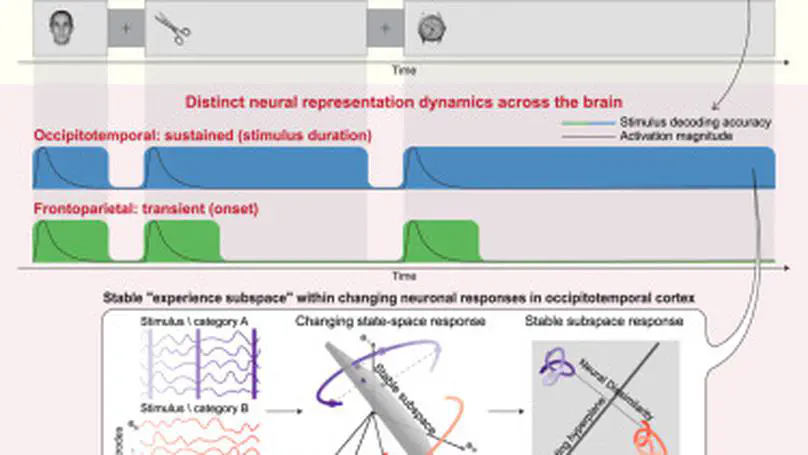Gal Vishne
Postdoctoral Researcher (Computational Neuroscience, Data Science)
Columbia University Data Science Institute
About me
I am an aspiring Cognitive Computational Neuroscientist.
My interests include anything mind related, from everyday perception to rare strokes of genius, and I am especially eager to understand the computational principles underlying our subjective inner world (consciousness, there I said it!). In my current work I hope to shed light on these perennial questions by combining large datasets of human electrophysiology with behavioral computational modelling.
I am currently finishing my PhD in Computational Neuroscience at the Edmond and Lily Safra Center for Brain Sciences (ELSC), under the supervision of Prof. Leon Deouell (main advisor) and Prof. Ayelet Landau (set to graduate during the summer\fall of 2024). I also hold a BSc in Abstract Mathematics (summa cum laude).
In my PhD I use large datasets of human electrophysiology to shed light on the nature of our ongoing visual experience (see here our recent intracranial study, and here all of the code for analysis and visualization I wrote for the occasion). I have experience with behavioral modelling and I occasionally dabble in philosophy (for example, here).
See my full CV here, and please reach out.
- Cognitive Neuroscience
- Computational Neuroscience
- Data Science
- Philosophy
PhD in Computational Neuroscience, 2025
Hebrew University of Jerusalem (ELSC)
BSc in Mathematics, 2011
Bar-Ilan University
Recent Activity
- Jan 2025: Started as a postdoctoral fellow
- Dec 2024: Moved to the US! ✈️🌎
- Sep 2024: Selected as a postdoctoral scholar in the Zuckerman STEM Postdoctoral Leadership Program 🏆
- July 2024: Awarded a Postdoctoral Fellowship from the Israeli Council for Higher Education 😀
- Feb 2024: Awarded the Rothschild Postdoctoral Fellowship 🏅
- Dec 2023: My episode in the Honest Discussions podcast is out! Check it out 🎧
- Nov 2023:
- Virtual conference talk - 1st Conference of the International Society for the Philosophy of the Sciences of the Mind (ISPSM 2023) 🖥️
- Visit to Michael Herzog’s Psychophysics Lab in EPFL Laussanne & speaking at the Vision & Cognition Seminar ✈️
- July 2023:
- Paper out in Cell Reports! (see the featured paper) 🥳🎆
- Philosophy talks round with Dr. Ori Hacohen presenting our joint work on pragmatic theories of neural representation (several local conference talks, including at the IIAS workshop on The Indeterminacy of Computation)
- June 2023: world tour ✈️🌎
- New York - visited Prof. Biyu He’s Perception and Brain Dynamics Lab at NYU and presented at the annual meeting of the Association for the Scientific Study of Consciousness (ASSC)
- England (Wales) - Spoke at the Gatsby Tri-center Computational Neuroscience Annual Meeting in Gladstone’s Library @ Hawarden, Wales
- For earlier activities see my CV
Featured Publications

Instances of sustained stationary sensory input are ubiquitous. However, previous work focused almost exclusively on transient onset responses. This presents a critical challenge for neural theories of consciousness, which should account for the full temporal extent of experience. To address this question, we use intracranial recordings from ten human patients with epilepsy to view diverse images of multiple durations. We reveal that, in sensory regions, despite dramatic changes in activation magnitude, the distributed representation of categories and exemplars remains sustained and stable. In contrast, in frontoparietal regions, we find transient content representation at stimulus onset. Our results highlight the connection between the anatomical and temporal correlates of experience. To the extent perception is sustained, it may rely on sensory representations and to the extent perception is discrete, centered on perceptual updating, it may rely on frontoparietal representations.
Publications
Contact
- 3227 Broadway, Zuckerman Mind Brain Behavior Institute, Columbia University, New York, NY 10027
- Jerome L. Greene Science Center
- DM on bluesky
- DM on X\Twitter